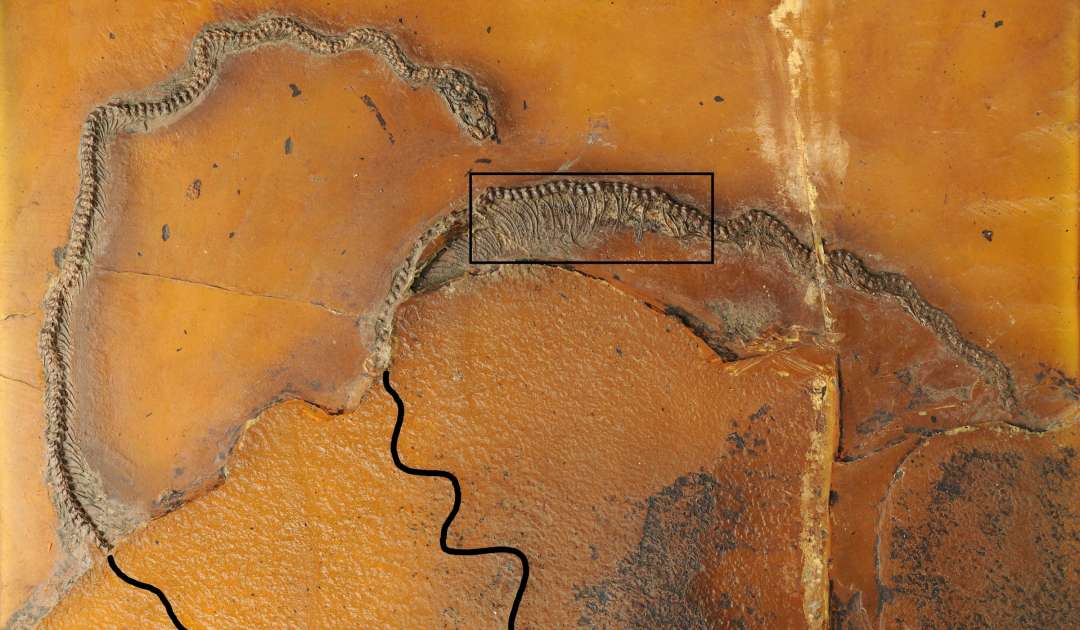The remains of the world’s oldest python have been discovered from a UNESCO World Heritage Site in Germany. The site Messel Pit is a quarry located near the city of Darmstadt.
The snake which has been discovered is three feet long and is believed to be 47 million years old, reported Daily Mail.
:focal(988x672:989x673)/https://tf-cmsv2-smithsonianmag-media.s3.amazonaws.com/filer/1e/6a/1e6ab9d5-8767-47ae-8897-5eb370a2c3d5/pm-python-16122020-1.jpg)
The name of this python is Messelopython freyi or M freyi. The newly-discovered snake fossil has been classified under a new genus and a new species. The genus name Messelopython is a combination of the location of discovery (Messel) and the snake family (python). The specie name has been given after the name of Eberhard ‘Dino’ Frey, a German palaeontologist who is known for his research on fossils. Eberhard is from Karlsruhe’s State Museum of Natural History.
The new findings show a time in history when pythons were found in Europe. The species of snakes are now limited to regions like Australia, Southern and Southeast Asia and Africa.
Dr Krister Smith, who is the author of the latest research said that the geographic position of the python is still not clear. He considers the latest discovery as an important step in understanding the evolutionary history of pythons. Dr Krister is associated with Weimar’s Senckenberg Research Institute and Natural History Museum in Frankfurt.

According to Dr Krister, pythons started disappearing from Europe after the Miocene Epoch when the global climate started to cool down. Fossils of pythons had appeared between 23 and 5 million years ago during the Miocene Epoch.
He also said that M freyi lived with other species like Eoconstrictor fischeri which is a primitive boa. Eoconstrictor snakes are known for their ability to see in infrared.
The fact that the two snake types lived together is interesting given that the modern species of pythons live separately from boas. Dr Krister said, “We therefore have to revisit the thesis that these two groups of snakes competed with each other, making them unable to share the same habitats.”

You May LikeA student guide to living and studying in AustraliaDeakin University by Taboola Sponsored Links
Speaking about their discovery of the fossil of python, the co-author of the paper Dr Hussam Zaher said that their analyses trace the evolutionary history of pythons to Europe. Dr Hussam is from the University of São Paulo, Brazil.

The site Messel Pit where the fossil has been discovered was turned into a landfill in 1991 but because of its geographical relevance, the site was declared a UNESCO World Heritage site in 1995.
These findings have been published in a paper in a peer-reviewed journal Biology Letters published by The Royal Society.





